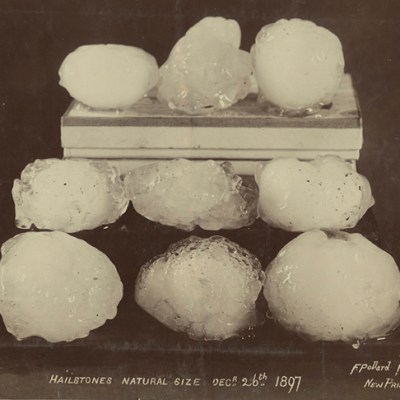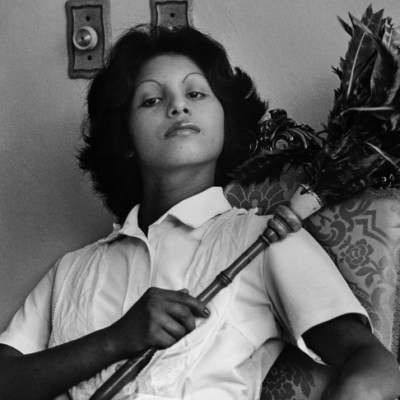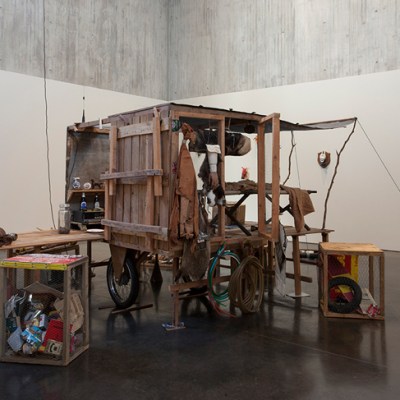In 1815 Mount Tambora in Indonesia erupted. It is considered one of the largest volcanic eruptions ever – bigger than Krakatoa and Vesuvius. Twelve thousand people were killed directly by the volcanic activity, but the fallout was felt far beyond the immediate area and resulted in tens of thousands more deaths. The poet Li Yuyang travelled across China documenting its effects on the climate:
The clouds like a dragon’s breath on the mountains,
Winds howl, circling and swirling,
The Rain God shakes the stars, and the rain
Beats down on the world. An earthquake of rain.
In later verses Li Yuyang describes how the lack of sunlight, which had been blocked by the fallout from the eruption, led to a failure of the rice crop and three years of famine. In some cases children were sold for food. Across India, Europe and New England there are similar accounts of failed harvests in 1816, which has become known as ‘The Year Without Summer’.
This was the year that Mary Shelley stayed beside Lake Geneva in Switzerland with her soon-to-be husband Percy Shelley and their friends Lord Byron and Dr Polidori. The awful weather led to them spending a lot of time indoors, during which time a competition was held to see who could write the best horror story. Two years later Mary Shelley’s contribution to the competition was published as Frankenstein; or, The Modern Prometheus.
Two hundred years after Shelley’s stay in Switzerland, the photographer Chloe Dewe Mathews stayed in the mountains as part of the Verbier 3-D Foundation’s residency programme. The photographs she produced in this period take Frankenstein as their inspiration and are currently on show at the British Library. Mathews juxtaposes the massiveness of the Alpine landscape into which Frankenstein’s monster fled with the austere interiors of nuclear bunkers. Built in the 1960s, the bunkers tunnel into the mountains with the purpose of sheltering the entire Swiss population in the event of nuclear disaster.
From the series In Search of Frankenstein by Chloe Dewe Mathews. Photo: © Chloe Dewe Mathews

The landscape shots are all dominated by the white of snow; Mathews deliberately over-exposes them a little to exaggerate the whiteness. There’s none of the white snowy caps, lush green grass and azure blue sky, which a tourist board might favour – Mathews’ landscapes are beautiful, but imposing and cold; empty apart from the structures which might outlast us. Small features are dwarfed by the scale of the mountains, a small wooden hut sits among some fir trees, and the entrance to a tunnel has been built beneath a precarious wall of rock. Another shot shows buildings dug into the rockface of a craggy mountainside, which seem inaccessible until you notice some cable-car lines running across the scene.
The interiors continue this sense of emptiness but look as if they could still shelter people if necessary: blankets are neatly folded and piled up, an industrial-looking kitchen is clean and stocked with equipment, and rows of benches are stacked in a corner ready for the room to be used as an assembly space. There’s little sign that these bunkers have become redundant.
From the series In Search of Frankenstein by Chloe Dewe Mathews. Photo: © Chloe Dewe Mathews

One of Mathews’ landscape shots shows the Giétroz Glacier, which in 1816 began to grow to become a dam for a two kilometre-long lake. By 1818 engineers were sent to drill holes in the glacier to let the water level down safely. Their efforts were not enough; the glacier broke, sending five thousand swimming pools worth of water crashing down through the mountains, killing 44 people and destroying hundreds of buildings.
The Giétroz disaster and Tambora eruption were natural catastrophes that show how deadly climatic changes can be and how little we can do to stop the effects. Now, with societies still lacking effective responses to the consequences of man-made climate change, Shelley’s parable about the dangers of overreaching may be more relevant than ever.
‘In Search of Frankenstein: Photographs by Chloe Dewe Mathews’ is at the British Library, London until 1 July.



